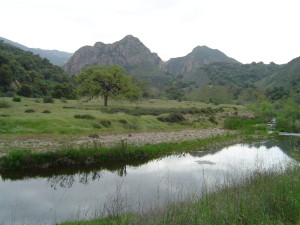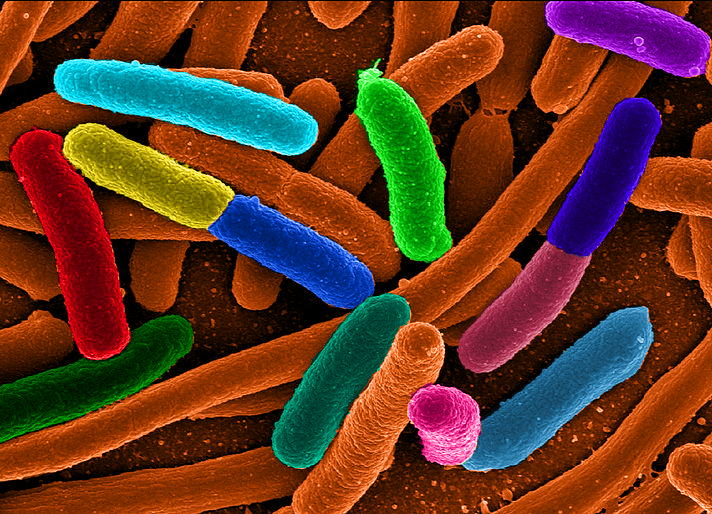SANTA MONICA — According to a newly released study completed last year by the environmental advocacy group, Heal the Bay, three popular swimming holes in Santa Monica were tested for water quality. The results found poor water quality at two of the three, containing enough fecal matter to potentially cause a public health risk.
A string of tests were taken for E. coli and Enterococcus bacteria, and the results of the tests found the worst waters at Malibu Creek State Park near Calabasas, while the best waters were at Solstice Canyon waterfall, on National Park Service land off of the PCH.

Of the samples taken from Las Virgenes Creek, 61% exceeded health limits for Enterococcus, while 28% exceeded limits for E. coli. Of samples taken from the Rock Pool, 22% exceeded limits for Enterococcus, while 11% exceeded limits for E. coli. The researchers blame bacteria and other microorganisms from human waste that has leaked from septic tanks or sewage tanks upstream, or from animal waste from water runoff.
Researchers say that the bacteria that was found is not harmful in themselves, but it may indicate fecal matter and a host of disease-causing microorganisms. Katherine Pease, a watershed scientist for Heal the Bay posted the percentage results on her blog, concluding that they found fecal indicator bacteria, which means there is a higher likelihood that you can get sick with a skin rash, stomach illness, or intestinal illness or infections. The Heal the Bay “stream team” study was conducted twice a week from June to September of last year and determined a “likely public health risk.” They have recommended posting signs and educating the public on the risks.
On Pease’s blog regarding the results of the study, she includes personal safety tips for the public and states, “We plan to meet with staff from LA County Department of Public Health, State Parks, and the National Park Service to discuss our results and advocate for public health protection. We hope to continue monitoring water quality this summer to determine whether the trends stay consistent.”






